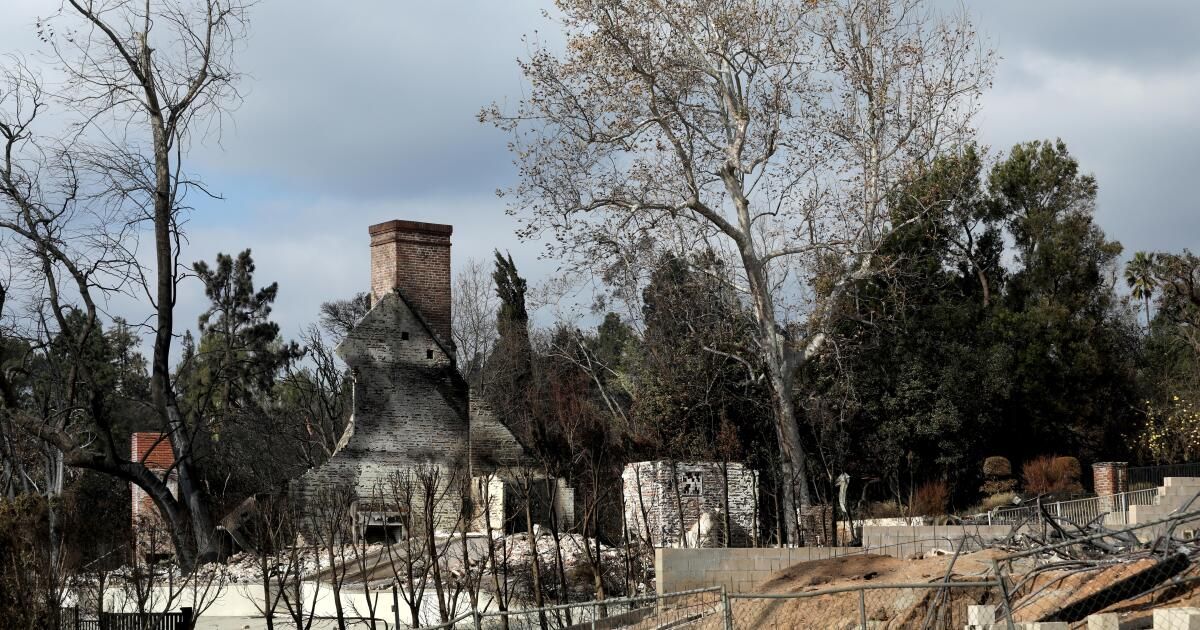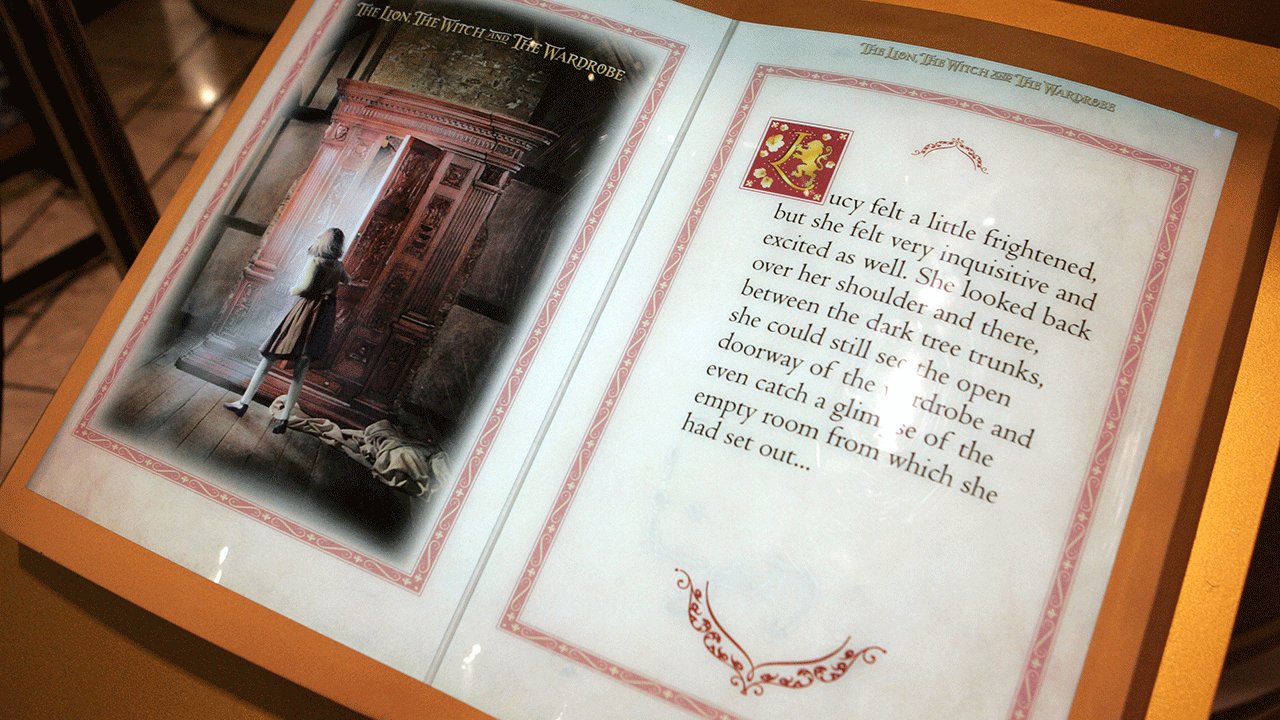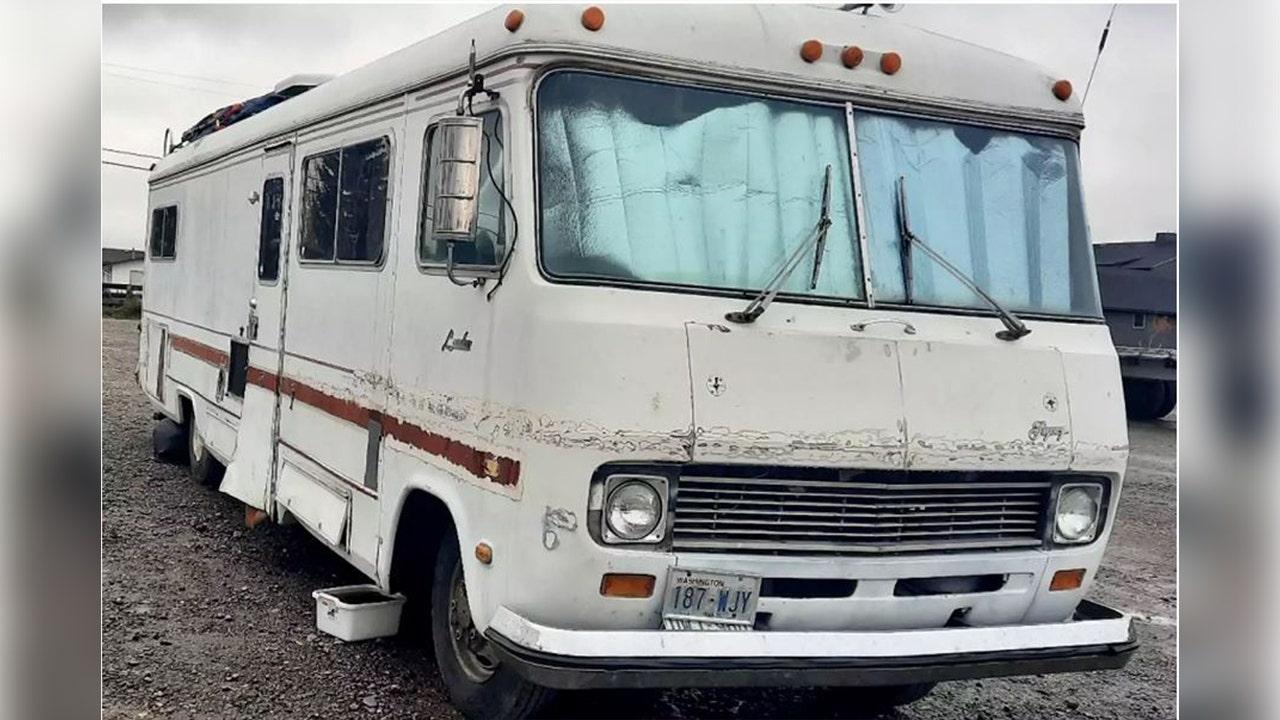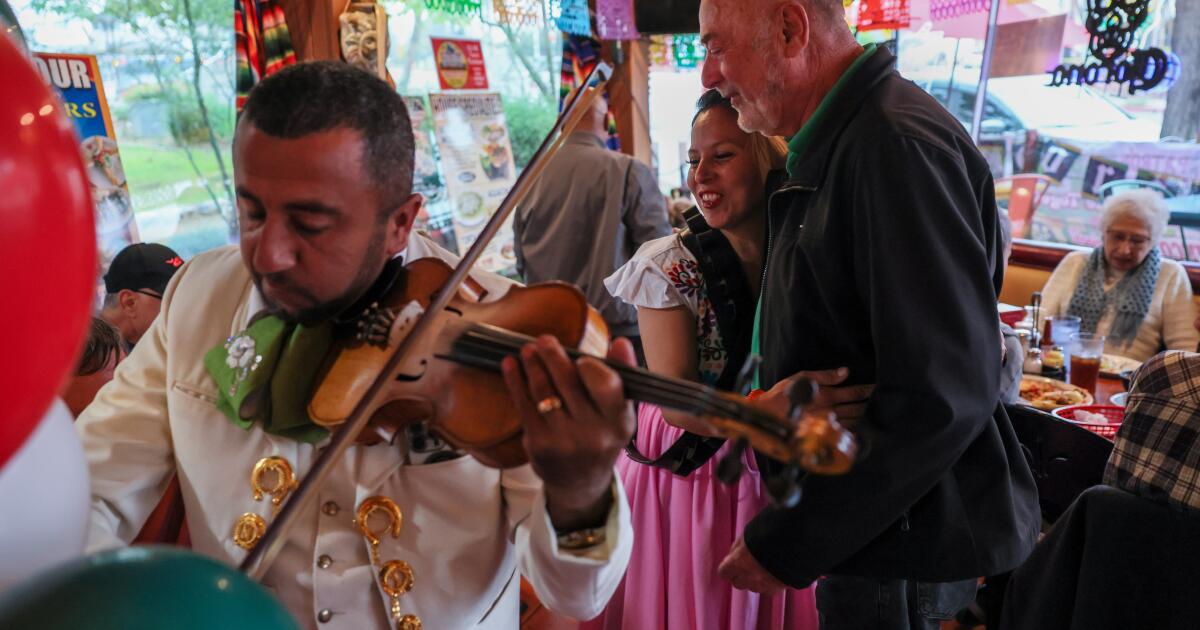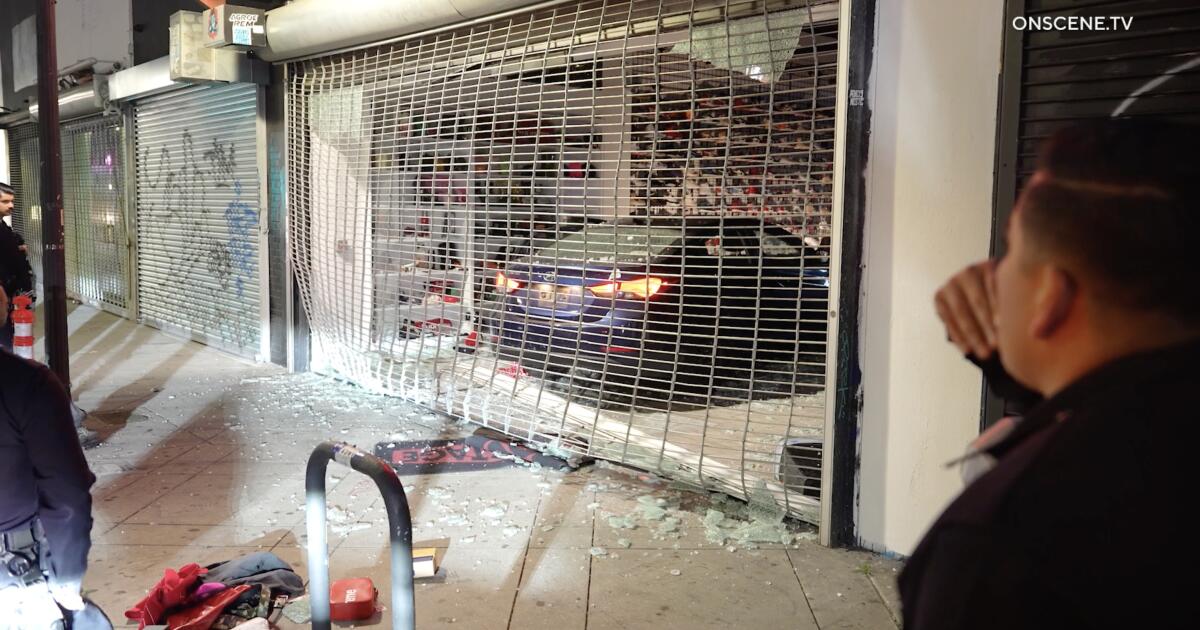In the unprecedented fires driven by the January wind, a hole shot flew with burning brush of the hillside to the neighborhoods, lighting houses and any fence and furniture around them that will burn. Those flames extended to adjacent houses, and the winds drove millions more embers through the air to more houses and courtyards. Whether more firefighters in the floor or helicopters to spray water in the air or reservoirs could have avoided destruction, one thing is overwhelmingly clear for firefighters scientists: the time to start fighting fire is before it begins .
To that end, the California Legislature, at the end of 2020, approved the 3074 Assembly Law, ordering that houses or structures occupied in the areas with the highest fire risk establish five feet of defensible space around it. The state already requires brush -free space and dead leaves less than 100 feet of houses. But this bill required to create an area from zero to five feet, or zero zone, around a house. This does not guarantee that a house does not burn, but offers the best defense that an owner can have against the embers on his way.
Here is the problem: Law 2020 has not yet entered into force. The State Forestry and Fire Protection Board was responsible for writing the rules and regulations for the Zero Zone in January 2023. The Board has had four years to work on this, and two years ago after the deadline.
At a time when fires are increasingly intense, that is not just ridiculous, that is irresponsible. Why the robbery? How long does it take to decide that the owners really should not have wooden fences or combustible bushes at five feet from their homes? According to Christine McMorroow, spokesman for Cal Fire, the Board is speeding up its process. But there is a lot that the members of the Board consider: “The new rules of the zero zone will have financial implications for people, so the approach at this time is what mitigations matter most,” he said last week. The Board also wants to provide an educational plan to help people understand why they can't have that wood. “We always want to promote education on the appointment,” he said.
The greatest obstacle, apparently, is to discover the details of what to allow and prohibit. What should not be allowed in a deck? What about the allowed materials for the cover itself? Are inch up felpies? Should all window frames be metal? Even so, it shouldn't take four years to present rules. No matter how politically unpopular, these are decisions that must be made. State law already requires that houses in fire -prone areas are built with more fire -resistant materials and have bubble resistant breathing rooms. But the rules of the zero zone could also evaluate the materials, such as the lining of the house.
Cal Fire also has recommendations on all this. (You don't have to wait for a state law to create its own zero zone, by the way). Basically, nothing fuel is recommended: there is no mulch or bark; There are no flammable furniture and planters. Use cobblestones, gravel or concrete.
It is expected that the Forestry and Fire Protection Board analyze the rules at its next meeting, in March, but not decide on them. Every time the rules are decided, they still have to go through the State regulation process and be presented for public comments.
It is so obvious that this process is taking too long. Governor Gavin Newsom issued an executive order on February 6 that instructed the Board to write the rules and publish them for public comments within 45 days after their order and complete the formal regulation process before December 31, This year. Even that is a long wait; The reconstruction will then be under the burned areas of the Los Angeles County.
The rules, once formalized, will first apply to the new construction; The existing properties must be modified in a few years. The costs in the materials will surely be much cheaper than the reconstruction of a house that has burned to the ground.
And these rules can help provide protection for a complete neighborhood. The more houses with defensible space, the more fortified the entire neighborhood. “It is a community ignition problem and community structure,” said Fire Scientist Jack Cohen. Of course, even a neighborhood with the adherence of perfect zero zero will continue to be susceptible to fire, but the chances of their structures will increase.
If there was ever a time to put into effect the regulations of the zero zone, now, when thousands of owners whose houses were burned to rebuild or sell others that they will rebuild. The widespread implementation of the zero zone could have a huge impact on the fire safety of the Los Angeles County stripes.
However, even while the regulation of the State is dragged, local jurisdictions can pass their own zero zone regulations. There are several areas throughout the State that have already ordered the rules of the zero zone. Los Angeles County and City could do the same.
If the state rules are not in force when the owners are rebuilt, they should still seriously consider reconstruction with a defensible space of at least five feet around their homes. Giving up the favored materials and plants that are fuel is the smallest of the sacrifices to allow a home and a neighborhood to be an opportunity to fight the next time the coals rained in Los Angeles

